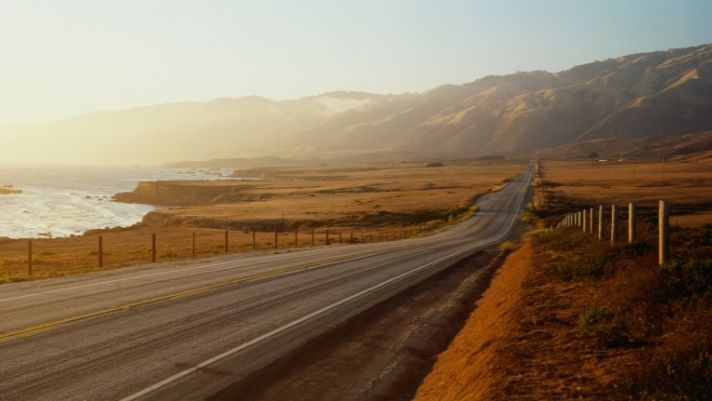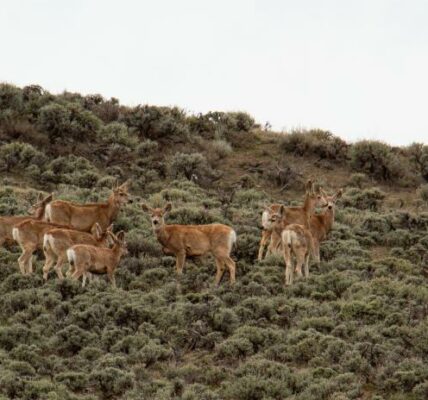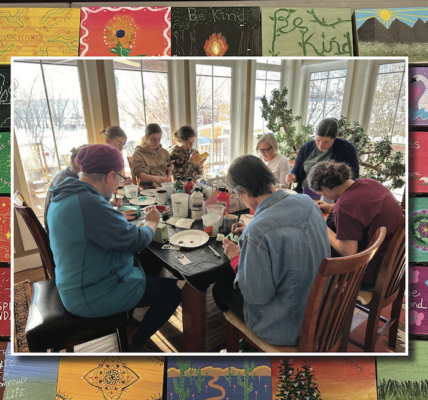There’s nothing more exhilarating than a drive through the country, no matter the weather. But if you’re mostly used to city and suburban streets, you should keep a few things in mind about what makes country roads different. Rural routes come with their own set of hazards, so if you’re planning to visit the great outdoors by car, here’s how to drive safely on rural roads.
Take It Slow
You may have heard the cliché that things are slower in the country. It’s true, but not in the way you may be thinking. When you drive on country roads, try to maintain a speed of 40 miles per hour unless the posted speed limit states otherwise. Unlike highways and city roads, you may not always have a clear view of what’s ahead or coming around the next bend. You may encounter slower vehicles such as tractors and the like as well, so be prepared to drive at a slow and steady pace at times and don’t try to pass them. In a hurry? Leave earlier. Also, consider the inconvenience of getting a speeding ticket out there. It’s not worth it.
Watch for Animals
It’s more than likely that this has already occurred to you. What you might not be prepared for is the variety of animal hazards in the country. You may be watching for raccoons, squirrels, and opossums making mad dashes across dusty roads, but you should also watch for domestic and farm animals turning up out of nowhere, or more precisely, out of obscured driveways or private roads. The difference between hitting a wild animal and one with an owner isn’t just a matter of emotion over a beloved pet. You may be liable for damages, according to the state’s laws. And here’s a literal bigger issue: hitting a cow, steer, sheep, or similar animal can severely damage your car or you and your passengers’ lives at risk. Watch for crossing livestock—they’re not watching for you.
Get Plenty of Rest
The restful and laid-back nature of the country is great, but only if you’re not operating a vehicle. Drowsiness and falling asleep at the wheel are major causes of traffic accidents, as the lovely lulling scenery can cause drivers to doze off. Be well-rested before hitting the road, and even enjoy a caffeinated beverage or two. If you’re traveling with other adults, take turns driving so no one carries the burden of wakefulness.
Know the Road
Here’s one last tip on how to drive safely on rural roads and in the great outdoors: get a feel for the road. When you drive in the country, you won’t always have nice flat concrete or asphalt surface to drive on. A road can go from asphalt to gravel to dirt at any time, and your car and its tires had better be ready for it. Also, know where you’re going ahead of time. Your directional app may falter out in the country, so pack an old-fashioned road map just to be safe!





